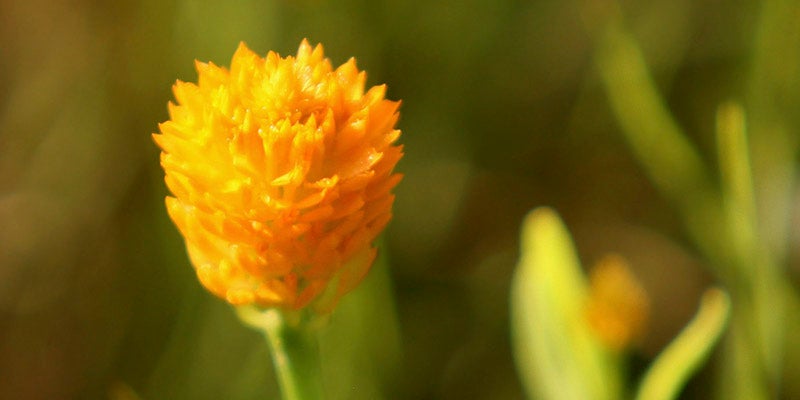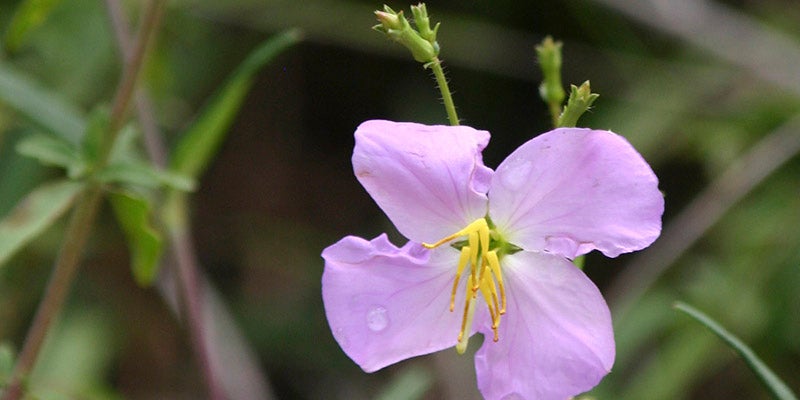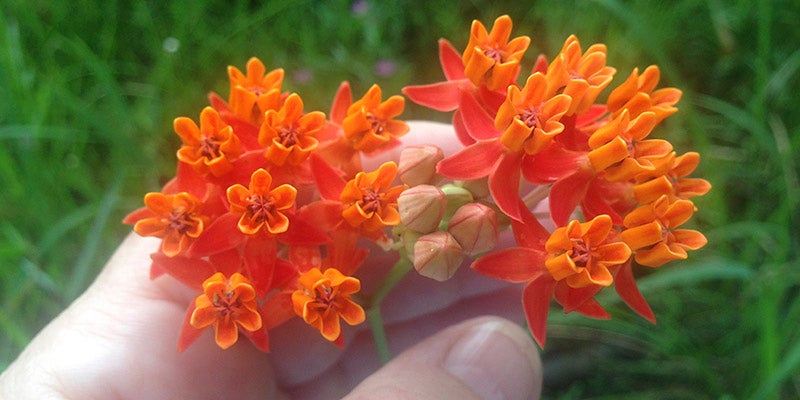Things are heating up in the south pitcher plant bog
Published 7:00 am Wednesday, June 17, 2020
By Patricia Drackett
Director of the Crosby Arboretum
A few days ago, grounds manager Terry Johnson announced that the seedpods on the longleaf milkweed were beginning to explode in the pitcher plant bog. Each year, it’s not easy to catch the precise time these seeds will begin to scatter in the wind, carried by silken parachutes to other parts of the Savanna Exhibit. But with a little luck, we will collect a few seeds and get them to germinate along with the other projects in our greenhouse.
Currently, we have a crop of coastal milkweed that is coming along splendidly, and also about fifty tiny catalpa trees, a favorite of those who use the caterpillars attracted to them, often referred to as “worms” by locals, for fishing bait. Soon, we plan to move these plants to the visitor center deck, where they will sit and beckon to passers-by to take them home.
Visitors who have been enjoying our trails since we opened earlier in the month are finding a much different selection of blooms than the unfurling spring flowers they may have seen on a stroll through the grounds in March. Right now, pink meadow beauties and ladies’ hatpins are turning heads in the savanna.
Ladies’ hatpins are also known as bog buttons, or pipewort. Their tiny round flower heads will be adorning the wetter sections of the pine savanna for many months to come. Interestingly, once you are acquainted with this plant, you’ll be able to quickly spot it out of the corner of your eye during drives down county roadsides near low-lying land areas.
In the summer months, ladies’ hatpin is seen in great profusion in the Savanna Exhibit, and gives the viewer an impression of being a swaying sea of polka dots. Brightly colored, orange-red blooms of fewflower milkweed are often seen conspicuously held high on stems that can measure up to four feet in height.
On our daily drive down the Arboretum’s half mile service road, we sometimes notice a stray pink bloom along the wooded roadside, such as the one seen last week mixed into the occasional fringe of wispy bluestem grass. These solitary meadow beauties (Rhexia), have seemingly escaped the nearby meadow. It may seem out of place, but these remnants of an earlier savanna are temporarily enjoying their “happy place” at the road’s edge, in the preferred conditions the plant needs to take root and flourish, even though this may only be for another decade or so, until the surrounding tree canopy becomes so dense that the sunlight these savanna species prefer is eliminated.
Currently, the Savanna Exhibit is lush with new summer growth. This recent explosion also includes yellow-eyed grass (Xyris). On a walk through the Pitcher Plant Bog, you’ll find hundreds of these tall thin stems topped with yellow flowers on sphere-shaped heads. When the delicate yellow petals fall, the remaining structure resembles tiny pinecones.
Flowers in the grasslands range from the tall to the tiny. Five species of petite candy root (Polygala) are common along our pathways. They are found in shades of pink, white, purple, yellow and orange. Typically ranging from around two to six inches tall, these plants are also known as milkworts or drumheads. They also have unusually shaped blooms that are attractive to butterflies such as skippers and are called candy root because the roots have an aroma that resembles wintergreen candy.
Plants observed at the Arboretum might be ones you wish to incorporate into, or identify on your property. Explore resources on native species on the MSU Extension Service “Smart Landscapes” webpage, and learn how to design resilient, low-maintenance gardens. To search a menu of topics, see http://extension.msstate.edu/smartlandscapes.
An Extension fact sheet “Attracting Butterflies to Mississippi Gardens,” is also a popular publication available on the Extension website (https://extension.msstate.edu). Remember that butterflies require not only plants that produce nectar, such as butterfly weed, black-eyed Susan, Coreopsis, ironweed, and clover, but their “host” plants.
Host plants are specific plants that butterflies will lay their eggs on, which the developing caterpillars will consume once they have hatched. For example, spicebush swallowtail butterflies consume spicebush (Lindera) leaves, while pipevine swallowtails eat pipevine (Aristolochia). The caterpillars of monarch butterflies are widely known to feast on milkweed species (Asclepias), and passion vine is famous for its ability to attract Gulf fritillary butterflies.
The Crosby Arboretum is located at 370 Ridge Road in Picayune, at I-59 Exit 4. We are open Wednesday through Sunday. To receive updates on activities, you may sign up for our email listserv at “Events Updates” on the main menu on our website at http://crosbyarboretum.msstate.edu.







